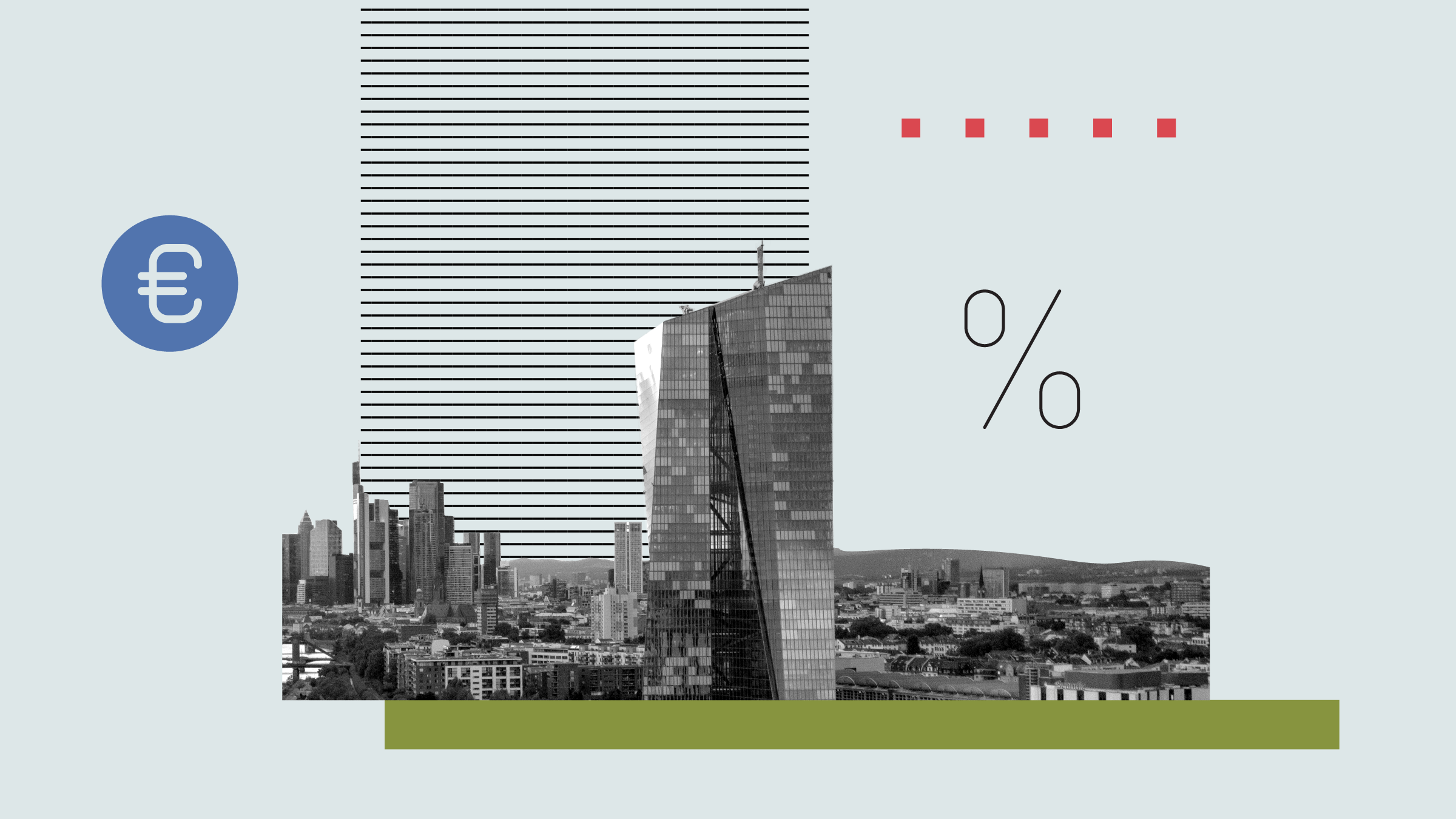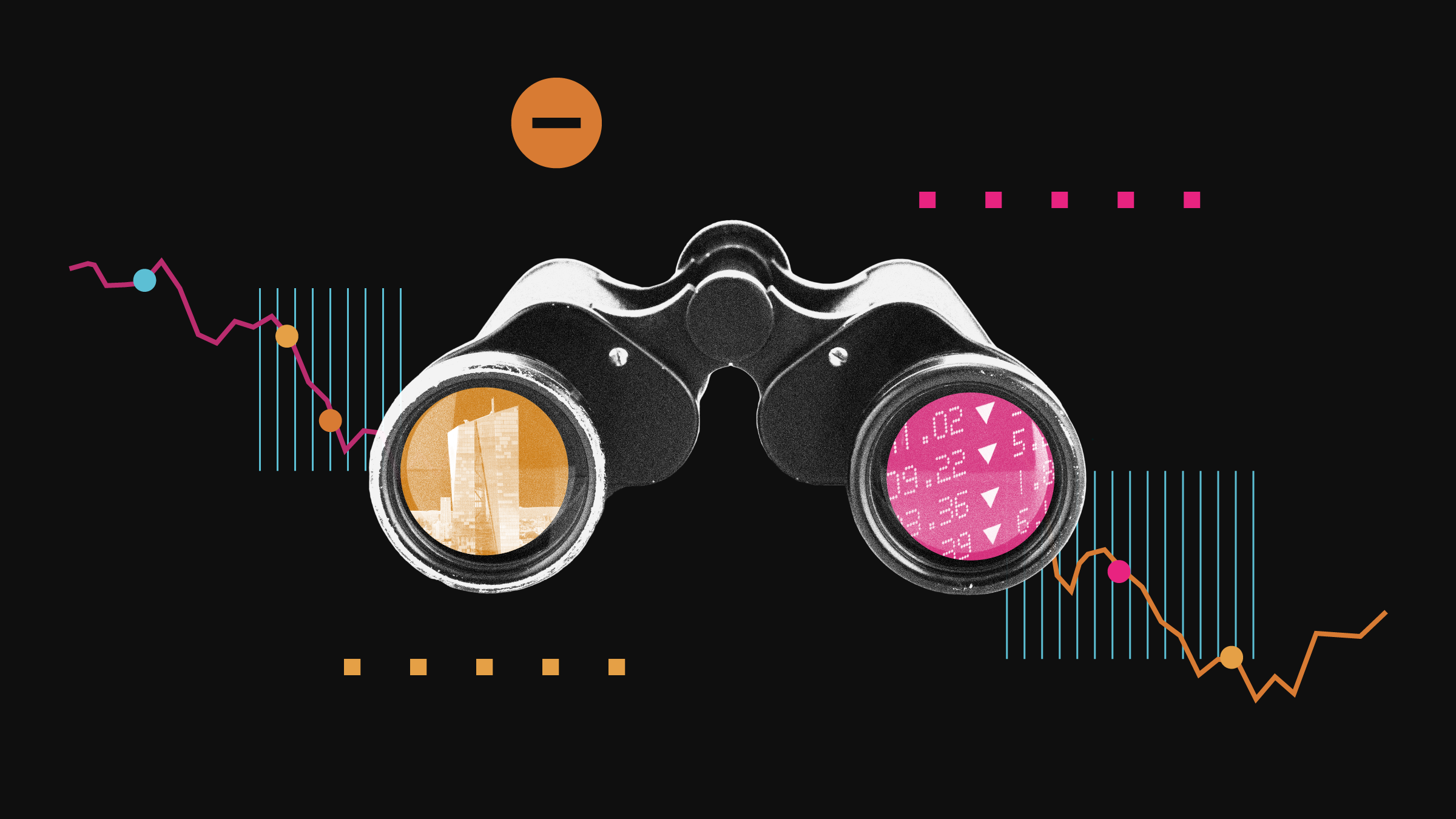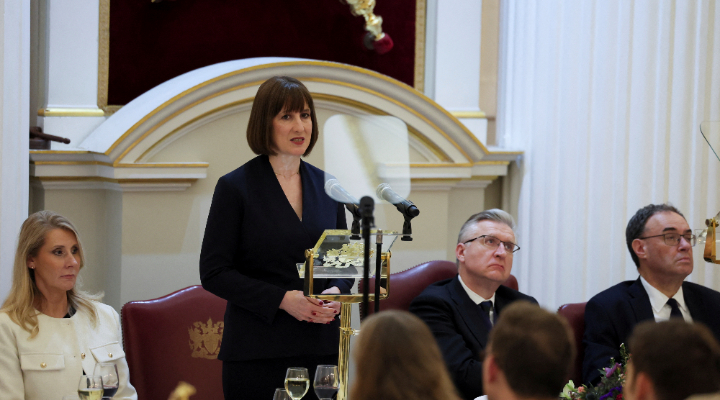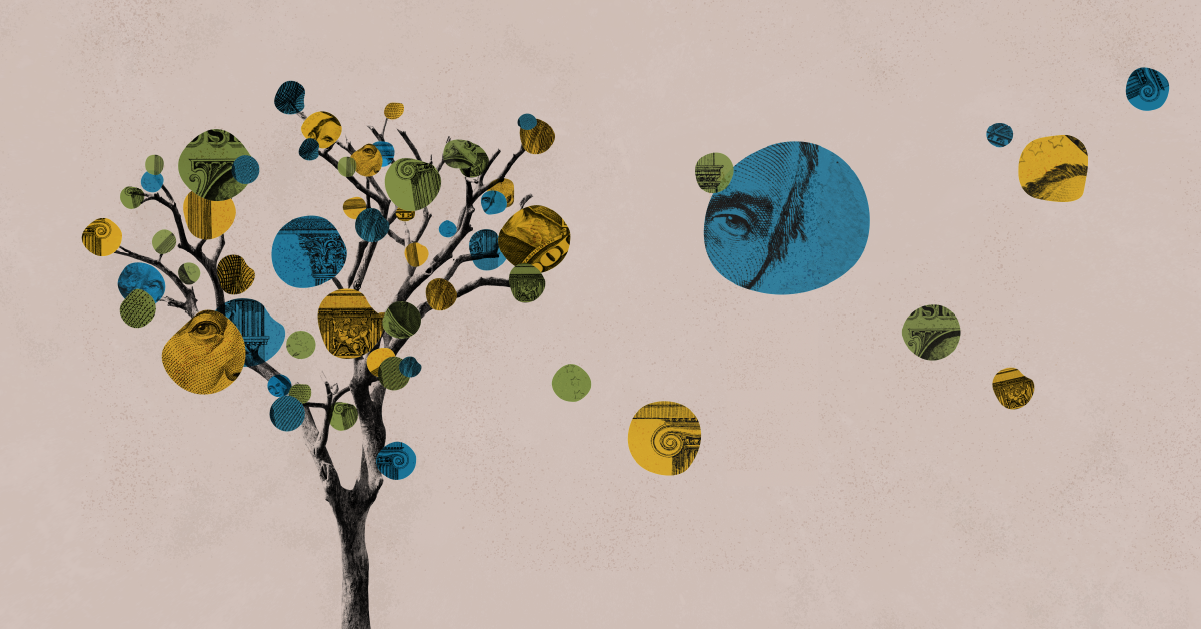
At its monetary policy meeting on Dec. 12, the European Central Bank is widely expected to cut its key interest rate by another 0.25 percentage points to 3.00%. This expectation aligns with the ECB’s strategy to guide inflation toward its 2% target against a backdrop of weaker economic growth in the eurozone.
“Despite an uptick in inflation readings over the last few months, nobody is expecting the ECB to pause, or reverse course, in their interest rate cutting quest,” said Michael Field, European equity market strategist at Morningstar. Every single economist surveyed recently by Reuters expects at least a 0.25 percentage point rate cut in the December meeting, he added.
“Eurozone inflation stands at 2.3%, slightly above the ECB’s 2% targeted rate. The feeling however is that, for the most part, inflation is under control. We’ve come a long way since the almost double-digit levels of inflation, and while wages are still catching up, the recent bump in services inflation is likely temporary,” Field added.
The discussion over the size of the rate cut on Thursday however remains open. François Villeroy de Galhau, governor of the Banque de France, stressed in an interview with Reuters that the door should remain open to a larger 0.5 percentage point on Dec 12. He highlighted the need for the ECB to remain “proactive and flexible” in achieving its monetary policy goals.
How Low Will the ECB Cut Rates?
Risks remain in Europe, and many of these are to the downside, with US trade restrictions in 2025 now close to top of the list. Economists polled by Reuters expect a further 1 percentage point rate cut in 2025, which would bring deposit rates close to 2%, and give the economy some welcome breathing room, Field added.
Some analysts believe the deposit rate could fall as low as 1.50% by late 2025, while others argue that the ECB might stop closer to 2%, balancing the need to support growth against the risk of reigniting inflation.
Carsten Roemheld, capital markets strategist at Fidelity International, expects six further cuts of 0.25 percentage points each in 2025, which would bring the deposit rate down to 1.50%, slightly below the estimated neutral rate of 2%.
“We expect the ECB to deliver at every meeting in the first three quarters of 2025, bringing the rate down steadily,” he says. He does not expect ECB President Christine Lagarde to give any forward guidance, as the central bank cannot risk losing credibility in this uncertain environment.
DWS expects the ECB to cut the key interest rate by 0.25 percentage points at each of the next five meetings, bringing the deposit rate to 2% in June 2025, Ulrike Kastens, European economist at DWS, said. “Although the economic outlook has deteriorated, while inflation has developed somewhat better than expected, we do not believe that this creates an urgent need for a larger interest rate cut in December,” she added.
Rates: Not the Time for Forward Guidance?
At the same time, she expects the ECB to lower its GDP forecast at the upcoming meeting. DWS has lowered its 2025 growth forecasts by 0.2 percentage points to 0.6 for Germany and by 0.1 percentage points to 0.9 for the eurozone due to soured sentiment in Europe following Donald Trump’s election victory and the threat of trade tariffs.
Investors are likely to center on the new macroeconomic projections, which for the first time will extend to 2027. Kastens anticipates the eurozone to achieve the inflation target of 2.% in the years 2025 to 2027.
ECB President Christine Lagarde is widely expected to emphasize the bank’s commitment to maintaining policy rates at restrictive levels as long as necessary to achieve its inflation target. She will likely reiterate a data-dependent, meeting-by-meeting approach, avoiding explicit forward guidance. This stance is supported by ECB board member Isabel Schnabel, who recently stated: “Given all the uncertainty we are facing, this is not the time for tying our hands through forward guidance.”
What are the Key Eurozone Rates?
The ECB began its rate-cutting cycle in June, paused in July, and continued its rate cutting cycle in September and October. As of Dec. 6, the three ECB key interest rates stand at:
• Deposit facility rate: 3.25%
• Main refinancing rate: 3.40%
• Interest rate for the marginal lending facility: 3.65%
France Triggers Eurozone Turmoil
Adding to the ECB’s challenges, political instability in key eurozone economies has intensified. In France, the government’s loss in a no-confidence vote has led to higher bond spreads, with OAT-Bund spreads to the German bund, the benchmark security for the eurozone, reaching 0.85%. Analysts at Morgan Stanley predict spreads, which indicate country-specific risk, could reach 0.95% if adverse conditions materialize.
In Germany, the economic outlook is challenged by internal political struggles and external pressures, including potential US trade policies. The coalition disagreements over the country’s “debt brake”—a constitutional rule limiting government borrowing—have led to the collapse of the ruling coalition. These events have contributed to volatility in German bund yields, which have edged higher as markets weighed the fiscal implications of a prolonged political deadlock.
The ECB and Fed Take Different Paths
While the ECB embarks on a robust easing cycle, the US Federal Reserve is expected to maintain a more cautious approach. This divergence could weaken the euro against the dollar, potentially benefiting eurozone exporters. The BlackRock Investment Institute anticipates deeper cuts in the eurozone compared to the US: “Lower policy rates could reduce the propensity of Europeans to save, potentially supporting consumer spending.”
How Will Rate Cuts Affect Markets?
Equity markets tend to rise on anticipated rate cuts. In bond markets, falling interest rates mean lower yields, which pushes bond prices higher. Lower rates also make existing bonds, and particularly those already issued during a period of high rates, more attractive for yields.
Meanwhile cash savings rates on bank accounts will likely decrease, to the detriment of savers. The rates that savers receive depend mostly on the deposit facility, which defines the interest banks receive for depositing money with the ECB overnight. Borrowers, by contrast, benefit from lower rates as consumer debt and mortgages become cheaper.
When Are the ECB Meetings in 2025?
- 30/01/2025
- 06/03/2025
- 17/04/2025
- 05/06/2025
- 24/07/2025
- 11/09/2025
- 30/10/2025
- 18/12/2025
The author or authors do not own shares in any securities mentioned in this article. Find out about Morningstar's editorial policies.
























